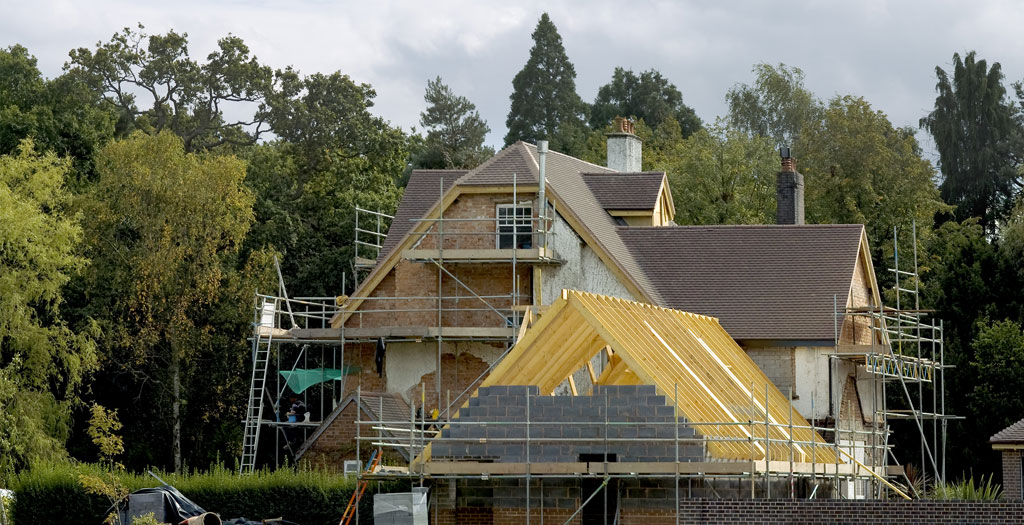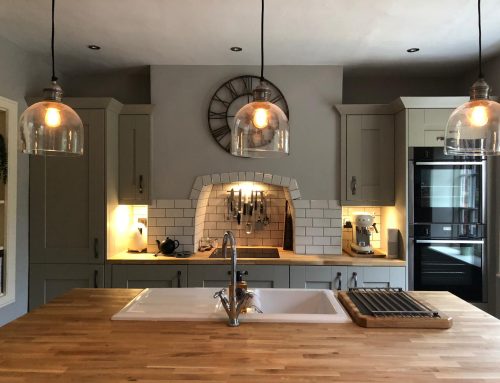[av_one_full first min_height=” vertical_alignment=” space=” row_boxshadow=” row_boxshadow_color=” row_boxshadow_width=’10’ custom_margin=” margin=’0px’ mobile_breaking=” border=” border_color=” radius=’0px’ padding=’0px’ column_boxshadow=” column_boxshadow_color=” column_boxshadow_width=’10’ background=’bg_color’ background_color=” background_gradient_color1=” background_gradient_color2=” background_gradient_direction=’vertical’ src=” background_position=’top left’ background_repeat=’no-repeat’ highlight=” highlight_size=” animation=” link=” linktarget=” link_hover=” title_attr=” alt_attr=” mobile_display=” id=” custom_class=” aria_label=” av_uid=’av-suku’]
[av_image src=’https://217.199.187.192/phihome.co.uk/wp-content/uploads/2020/08/Building_control.jpg’ attachment=’1372′ attachment_size=’full’ copyright=” caption=” styling=” align=’center’ font_size=” overlay_opacity=’0.4′ overlay_color=’#000000′ overlay_text_color=’#ffffff’ animation=’no-animation’ hover=” appearance=” link=” target=” id=” custom_class=” av_element_hidden_in_editor=’0′ av_uid=’av-kd04l6f2′ admin_preview_bg=”][/av_image]
[av_hr class=’invisible’ icon_select=’yes’ icon=’ue808′ font=’entypo-fontello’ position=’center’ shadow=’no-shadow’ height=’50’ custom_border=’av-border-thin’ custom_width=’50px’ custom_margin_top=’30px’ custom_margin_bottom=’30px’ custom_border_color=” custom_icon_color=” id=” custom_class=” av_uid=’av-kd04ks2s’ admin_preview_bg=”]
[av_textblock size=” av-medium-font-size=” av-small-font-size=” av-mini-font-size=” font_color=” color=” id=” custom_class=” av_uid=’av-kby1o1aa’ admin_preview_bg=”]
Why seeking compliance with Building Regulations is important
[/av_textblock]
[av_hr class=’invisible’ icon_select=’yes’ icon=’ue808′ font=’entypo-fontello’ position=’center’ shadow=’no-shadow’ height=’20’ custom_border=’av-border-thin’ custom_width=’50px’ custom_margin_top=’30px’ custom_margin_bottom=’30px’ custom_border_color=” custom_icon_color=” id=” custom_class=” av_uid=’av-kby1tih3′ admin_preview_bg=”]
[av_textblock size=” av-medium-font-size=” av-small-font-size=” av-mini-font-size=” font_color=” color=” id=” custom_class=” av_uid=’av-kby1n9og’ admin_preview_bg=”]
Not seeking Building Control approval for building work you have carried out could come back to haunt you. We have talked in previous blogs about building regulations and how they underpin most building work we carry out for clients. Building regulations are minimum standards for design, construction and alterations to virtually every building. They are developed by the government and approved by Parliament.
Building Regulations cover most building work
The type of work that falls within building regulations includes the erection or extension of a building; the installation of windows or doors; underpinning foundations; insertion of insulation into a cavity wall; and work that impacts the energy performance of a building.
Once we have completed a job, we call in an inspector from Building Control or the local authority, who is authorised to sign off the work as being compliant with building regulations. He or she will issue a certificate that goes to the homeowner as proof that the work is approved. It is a short and inexpensive procedure that we take care of for our clients and verifies that all our work satisfies legal requirements.
Seeking approval is not hassle or expensive
However, we do encounter potential clients who say they don’t want to go through ‘the hassle’ of getting assent from building control. In fact, we are sure we have lost work in the past because we insist that all our work gets legal sign-off. People have told us they have chosen instead to go with builders who are prepared to side-step dealing with Building Control inspectors. But this we feel is a short-sighted view that may come back to bite them in the long run.

The pitfalls of side-stepping Building Control approval
If, for example, you have an extension built or a garage converted into a spare room, and fail to inform Building Control, when you go sell your property the plans will be different to what exists on the ground. You will then have to go through the hassle of having the work assessed retrospectively. If the work is sub-standard it may have to be adjusted – it’s a situation that has jeopardised house sales in the past.
Legal and safe
What’s more building regulations exist to ensure that any building work carried out is of a high standard. They help to ensure the energy efficiency of a property is maintained and that it is safe in terms of ventilation and means of escape in the event of a fire. And calling in an inspector is not expensive – costing a few hundred pounds at the most. A small price to pay to be legal and above board, and to have peace of mind that your building work is approved.
If you would like to discuss an of the issues raised above or have any potential home improvement plans you would like to talk through, please contact us on Bury St Edmunds: 01284 386899, Cambridge: 01223 789786 or email: info@217.199.187.192
[/av_textblock]
[/av_one_full]







Leave A Comment
You must be logged in to post a comment.